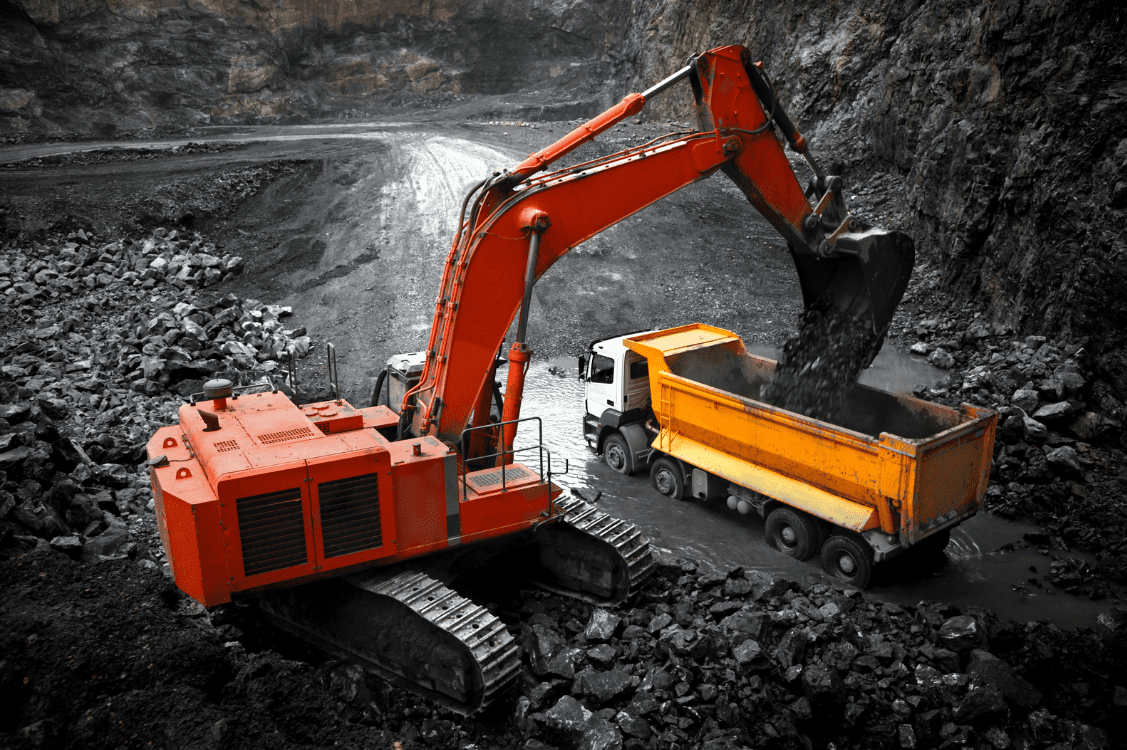Australia’s mining sector is not just one of the biggest industrial sectors in the country, but Australia is also one of the leading countries globally in mining. Hence, risk management in the mining industry of Australia is of paramount importance.
The country ranks among the topmost for iron ore, zinc, nickel, and cobalt and is also the top producer of lithium with an estimated production of 355.1 Mt of lithium carbonate equivalent (LCE) in 2022. This places Australia as a key contributor to the global transition to clean energy.
Australia’s mining sector made up 10% of its GDP in 2020 and continued investments into the sector have contributed to considerable growth in recent years. For example, investments in exploration have increased from $1.9 billion in 2021 to $2.3 billion in 2022.
As a key contributor to Australia’s economic growth, the continued success of the industry is vital not just for private mining companies, but also for the country in general.
Effective risk management in the mining industry is one of the most important aspects of ensuring continuity. This allows companies operating in the mining industry to identify, assess, and mitigate potential risks that may threaten the industry’s and their own progression.
Importance of risk assessment in the mining industry
The mining industry currently faces a wide range of risks as a result of geopolitical conflicts, global supply chain issues, and rising costs. In addition, the need for environmental, social, and governance strategies to maintain stakeholder trust and navigate volatile market conditions is also present.
In order to formulate strategies to mitigate these risks, mining companies need to conduct comprehensive risk assessments. This allows them to identify and assess the risks they may face which is a key step of risk management in the mining industry.
Risks faced by mining companies in 2023
The risks that mining companies face at current are;
- Commodity price risk
The volatility of global commodity prices driven by global supply and demand shocks, geopolitical events, and changes in government policies.
- Decarbonising costs
Pressing requirements for mining companies to transition into a low-carbon economy requires significant investments in technology and infrastructure.
- Talent shortage
Challenges in attracting and retaining skilled employees within the mining sector, particularly due to high competition from other industries.
- Community relations
The need to maintain positive relations with local communities and stakeholders to ensure operations are socially and environmentally responsible.
- Environmental risks
Ever-tightening restrictions and an increased number of regulations governing mining operations as a result of the ongoing focus on sustainability.
- Pandemic after-effects
The lingering effects of the COVID-19 pandemic include supply chain disruptions, shifts in commodity demand, and many new health and safety protocols.
- Supply chain disruptions
Risks related to potential disruptions in the supply chain and logistical complications, including delays in critical input and equipment delivery.
- Economic downturn
The adverse effects of the general economic downturn, including reduced demand for commodities and heightened competition for investment capital.
Strategies for risk management in the mining industry
The following strategies can be utilised by mining companies in Australia to counteract the risks they face.
Minimising insurance costs
Considering alternative risk transfer solutions such as captives or parametric insurance and working with brokers to negotiate better terms and conditions can help minimise insurance costs.
Balancing retained vs transferred risk
Conducting thorough risk assessments that help mining companies identify the risks that are most critical for operations and determining the appropriate level of risk retention as necessary.
Improving risk decision-making with data analytics
Utilising advanced analytics tools to identify patterns and trends in the company data and developing predictive models to forecast future risks can help with continued risk management.
Conducting focused risk engineering
Implementing risk engineering measures such as routine equipment inspections and maintenance programmes can help identify and address potential threats before they become major issues.
Developing business continuity plans
Developing business continuity plans that clearly outline the steps that need to be taken in the event of a loss helps ensure critical operations can quickly be restored, reducing the severity of loss events.
Minimising risk of uninsured loss
Conducting a thorough review of the company’s insurance coverage and working with brokers to develop comprehensive insurance coverage helps identify any gaps or exclusions and minimises the risk of uninsured loss.
Supporting the prompt recovery of insured losses
Developing a claims management process that includes clear roles and responsibilities, effective communication, and clear reporting helps with the prompt recovery of insured losses.
Ensure business continuity with these strategies for risk management in the mining industry
Risk management is vital for the continued success of mining companies and the mining industry of Australia in general.
While risks like climate change, regulations, technological disruptions, and geopolitical volatility will continue to affect the industry, risk management is key to maintaining a healthy mining operation.






